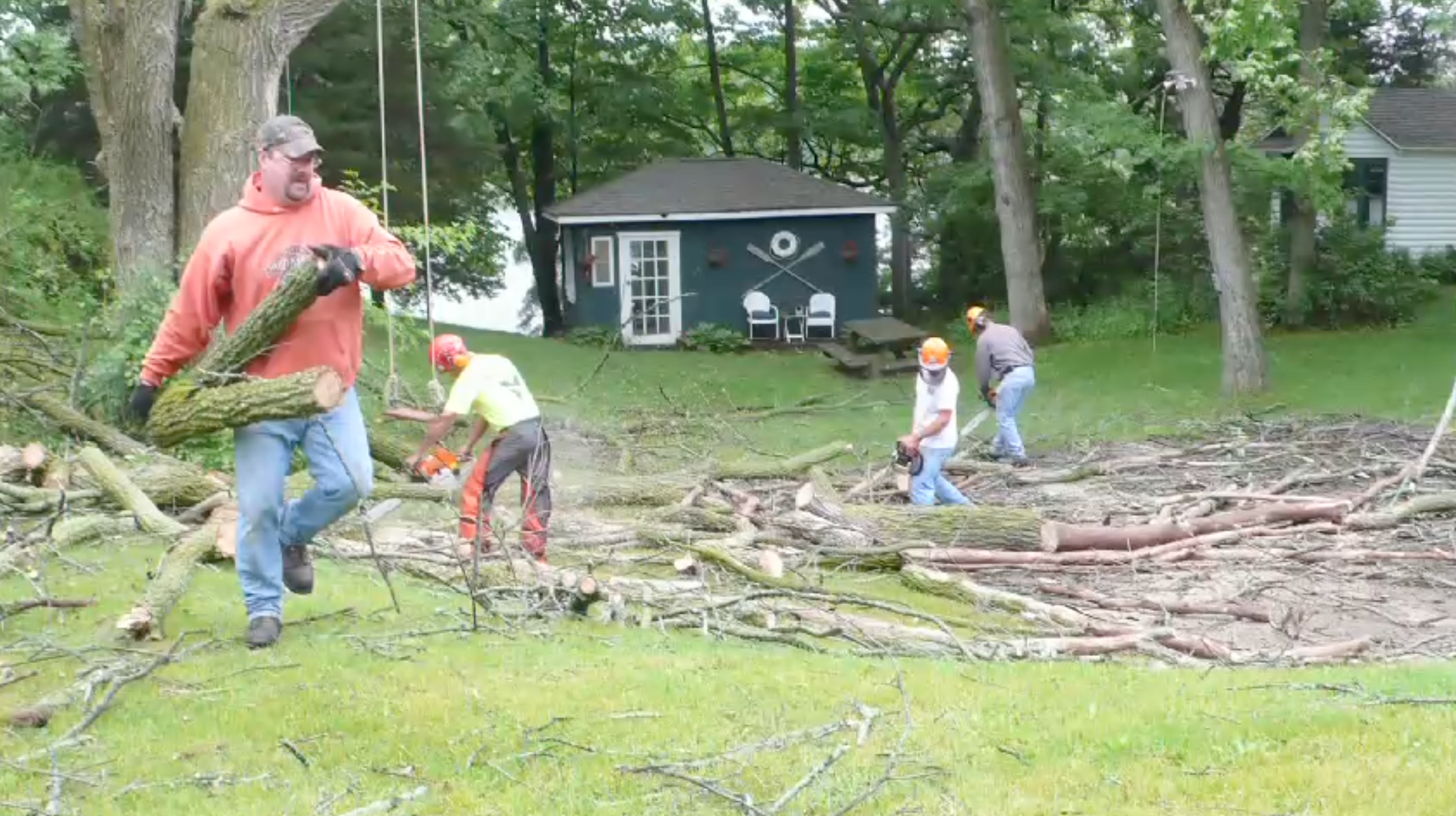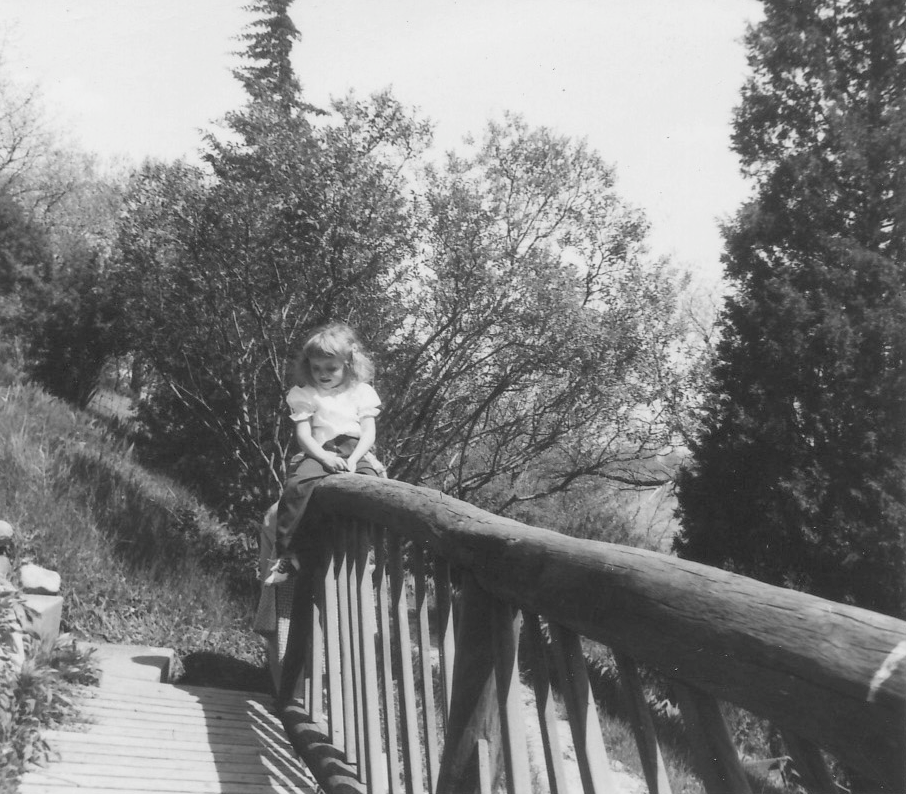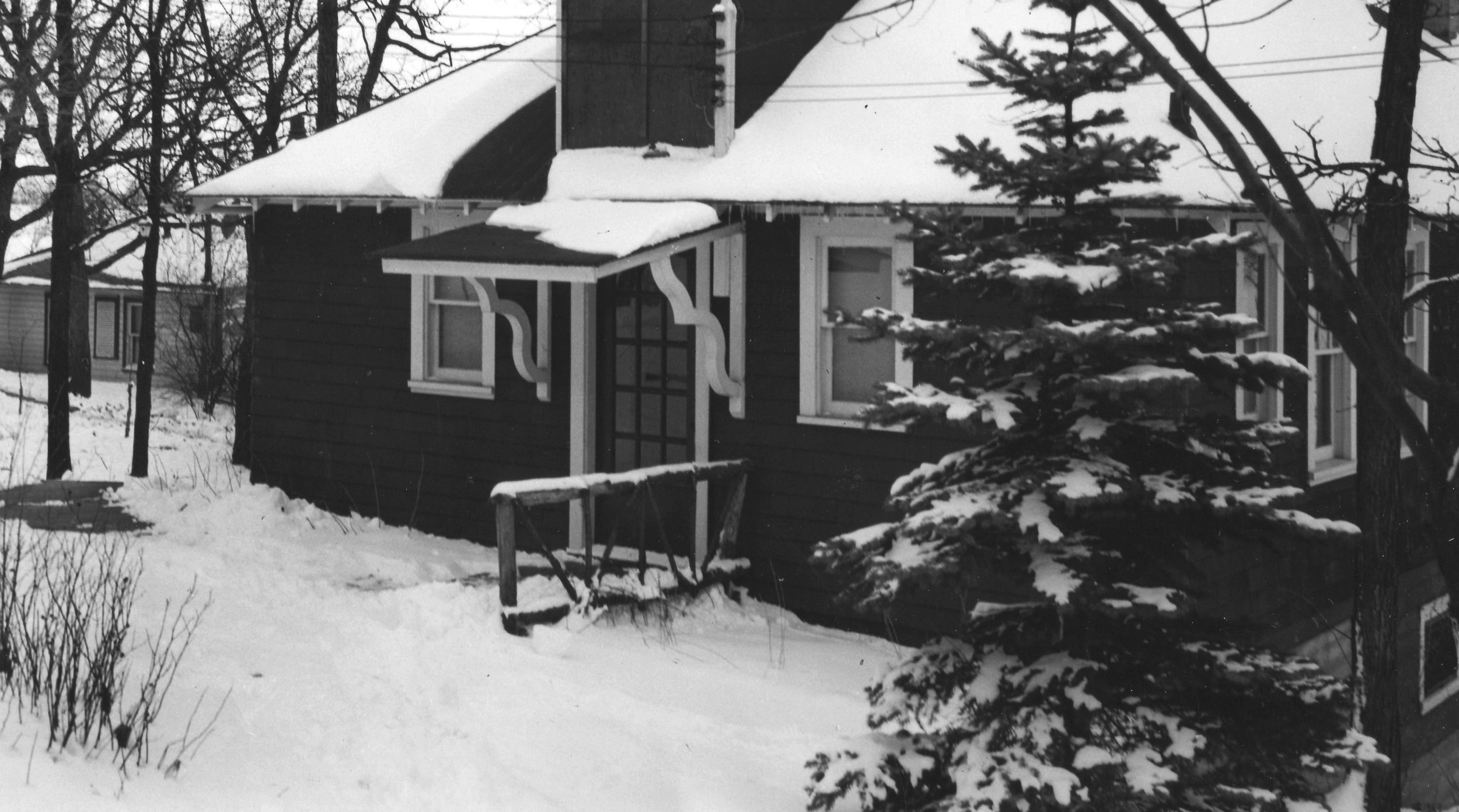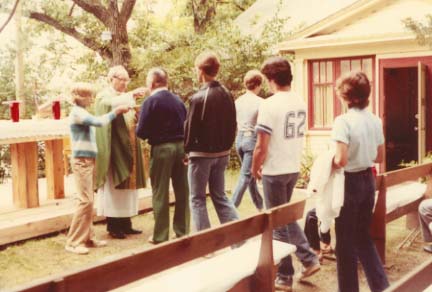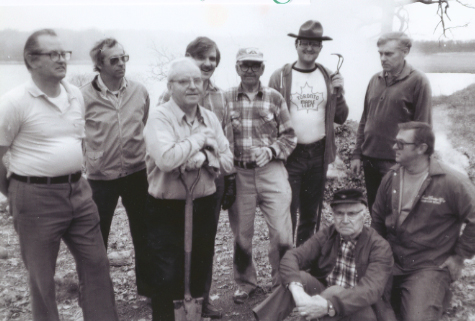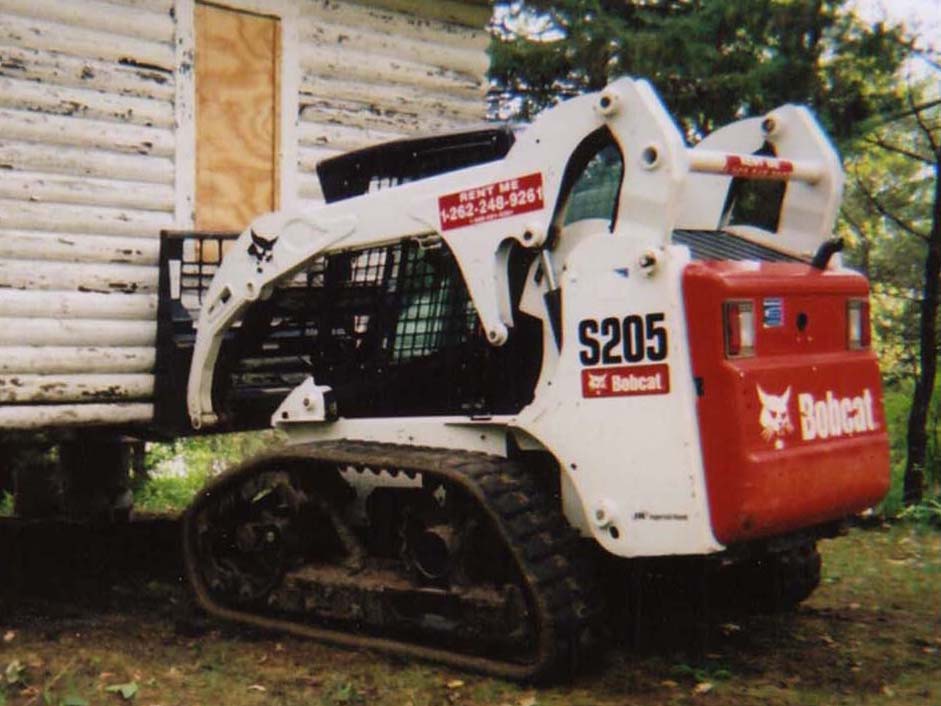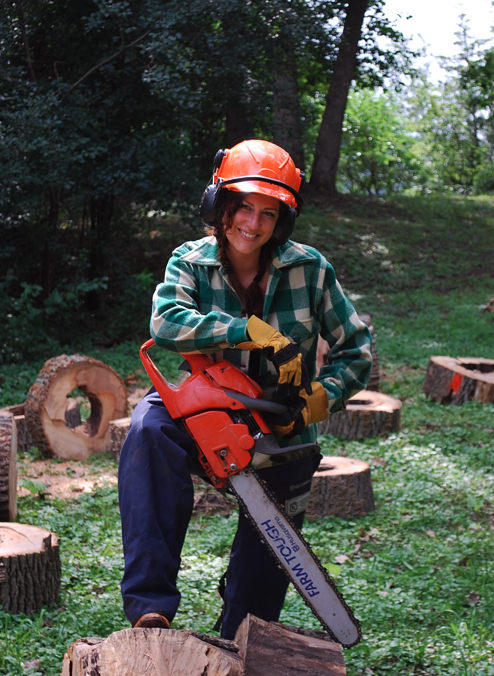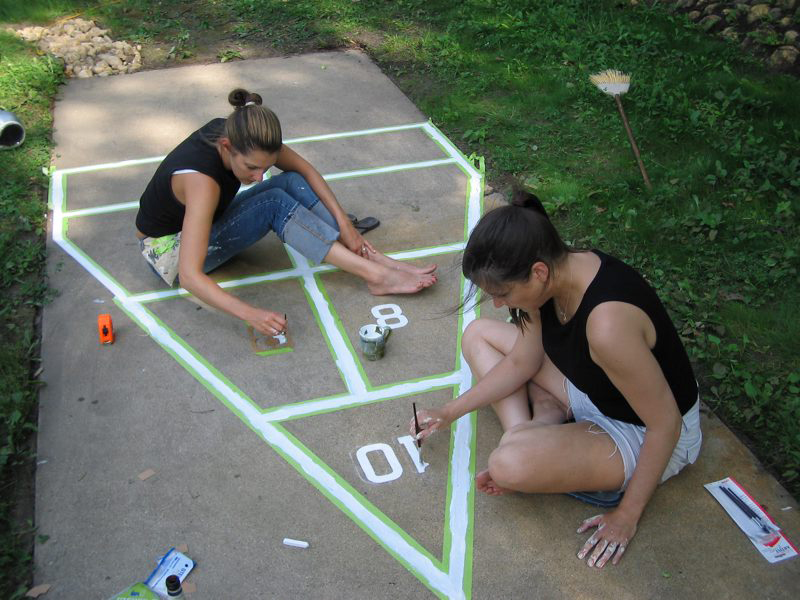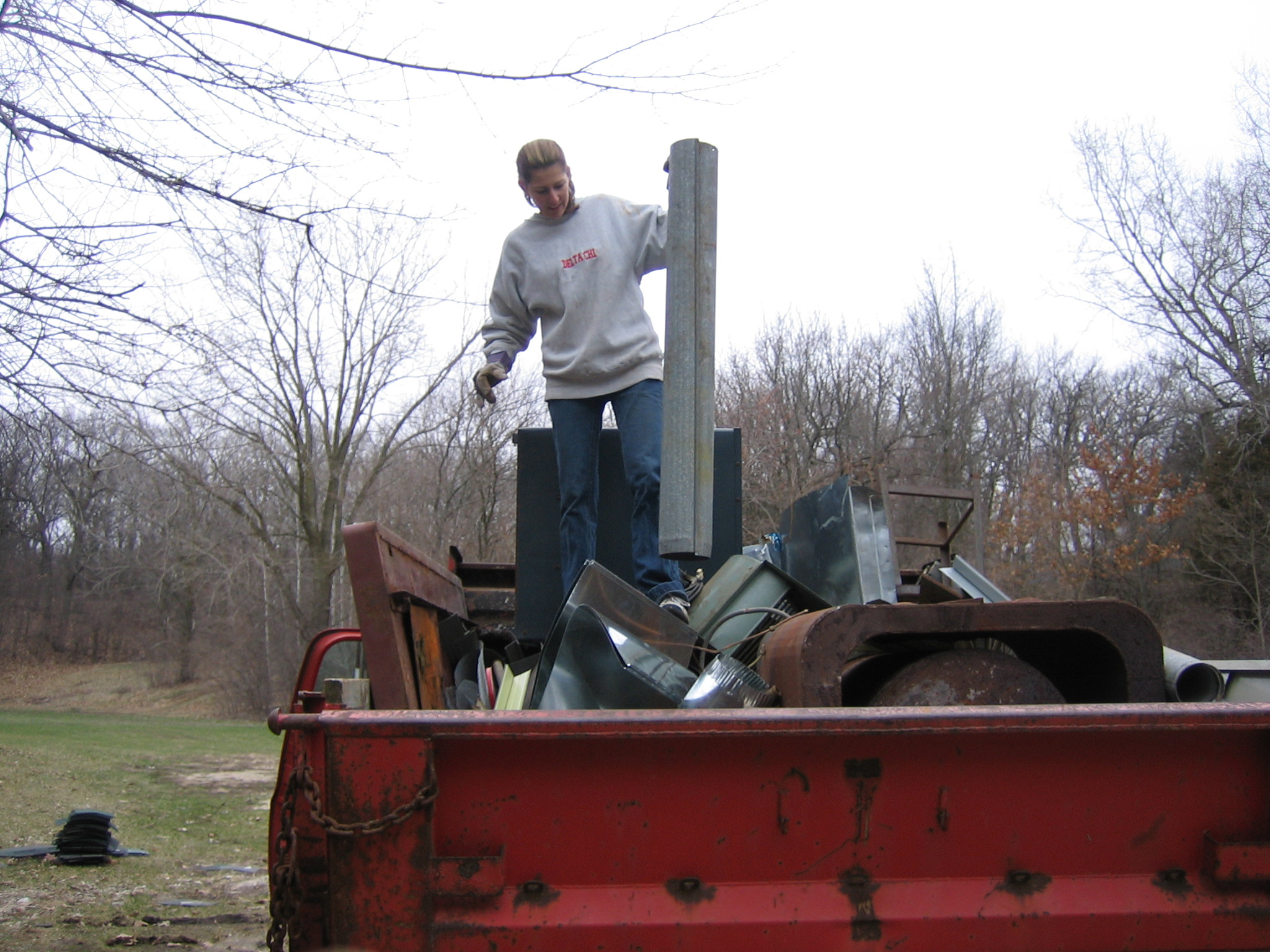A note from Jim Draeger, Deputy State Historic Preservation Officer at Wisconsin Historical Society, on the importance of Wandawega:
“Camp Wandawega is a microcosm of the broader history of Wisconsin resorts. In a single property, you can see many aspects of the historical evolution of Wisconsin resorts in the twentieth century. The land speculation that gave rise to its initial development was indicative of a resort fever that swept the state in the 1920s as leisure time increased and the rapid spread of automobiles increased mobility and allowed people to leave urban centers to experience natural areas. Its subsequent ties to bootlegging and prostitution are evocative of the unexpected societal impacts of our failed Prohibition experiment and the penetration of the lawlessness into the most remote areas of the state due to its proximity to Chicago. The subsequent ownership of the property by the Catholic Church was a phenomenon found throughout Wisconsin’s resorting areas as resorts and summer houses became church properties and functioned as religious retreats because improved transportation infrastructure allowed the wealthy of the Midwest to travel to more far-flung and exotic locations. Its transformation into a summer camp was in line with a blossoming of summer camps in the mid-twentieth century as urban dwellers sent their children to camp as a means to inculcate the values of rural life that they had experienced in their own childhood before seeking the economic opportunities found in larger cities."
With recognition, comes responsibility: funding & volunteer opportunities
In support of the continued restoration and preservation of Camp Wandawega, we are investigating grants and foundations that focus on the development of Preservation Plans and funding for the ongoing renovation of numerous aspects of Camp Wandawega. Currently, all revenues from Camp rentals go back into the ongoing restoration and day-to-day operations of the facilities. Current and future projects include (a partial list, continually growing)
FORESTRY MANAGEMENT: Restorative woods
The same June 21st, 2010 storm that destroyed thousands of trees and damaged three buildings at Old World Wisconsin in nearby Eagle also destroyed nearly twenty trees here at Camp Wandawega. In addition, several invasive species of plants and trees have taken their toll on the Wandawega woods. It is our hope to establish a Forestry Management plan to set a healthy future course for the serene woods and vestigial prairie so that they may continue to be enjoyed by future generations. To date, a memorial tree was planted in honor of Reverend Baginskis, as well as several other commemorative trees, donated by Camp supporters. One of our aspirations is to become a school field trip destination, hosting area students for nature walks, to give them a greater appreciation for the natural environment too often taken for granted.
RESTORATION PROJECT: The original Latvian-built terraces: In the 1960s a group of volunteers from the Latvian Marian Fathers community came together to construct terraces overlooking the beach. They have since served as a vital component to every activity hosted for the last 50-plus years. They were constructed almost entirely from salvaged materials – old railroad ties and utility poles were "liberated" from Commonwealth Edison, bricks were sourced from Chicago-area demolished homes, etc. While these same terraces still exist today, they are in disrepair. A re-construction plan is needed to restore damaged timbers, brickwork, and failed drainage tile systems to their original condition, and to allow its continued use for current and future generations.
RESTORATION PROJECT: The Original Hotel Porticos
The porticos on the East and South side of the old hotel/bunkhouse are visual signatures of the building, but they require extensive restoration and preservation. Having survived 90 years of harsh Wisconsin winters is no small feat, but they are currently in a sorry state and in dire need of preservation to ensure they are not lost entirely. One of the few distinct architectural details of the property, its vital to our mission to restore and preserve them.
